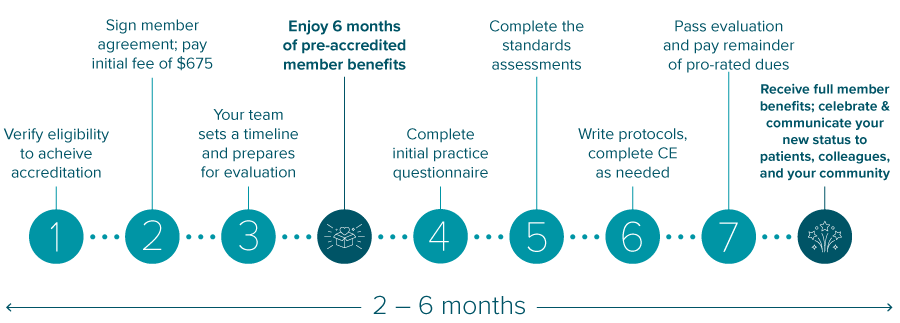What is accreditation?
Accreditation is an acknowledgement of a specific achievement.
An AAHA accreditation signifies that your veterinary practice has met or exceeded stringent quality standards that encompass all aspects of veterinary medicine, from pain management to medical record-keeping, and has committed to a path of continuous improvement.
AAHA is the only organization that accredits veterinary practices in the United States and Canada. Practices seeking AAHA accreditation are evaluated on nearly 50 mandatory standards as well as additional applicable standards.
AAHA’s standards were developed by experts in the field and encompass all aspects of veterinary medicine. They are continuously updated to keep accredited practice teams at the forefront of the profession.
Accreditation is Voluntary
Unlike the human health world, accreditation of animal hospitals is voluntary. So why have more than 4,500 practices representing 50,000 veterinary team members joined AAHA as an accredited practice, willingly striving to meet a higher standard of care?
It’s simple: they want to be the best for their patients.
An AAHA accreditation is a strong indication that a veterinary practice delivers quality medicine – which positively impacts your patients, clients, and team and raises the bar for the entire veterinary profession.
7 Steps to Accreditation
To attain accreditation, you’ll work with a dedicated, experienced, credentialed accreditation specialist and practice consultant who will stay with you throughout the process, which typically lasts two to six months. Your dedicated AAHA team members are also available for ongoing support.
Your practice must achieve a minimum number of points by meeting or exceeding AAHA standards. About 50 of them are mandatory; the applicable remaining standards are assessed using a points-based system.
Next: learn about the benefits of accreditation or accreditation requirements.




